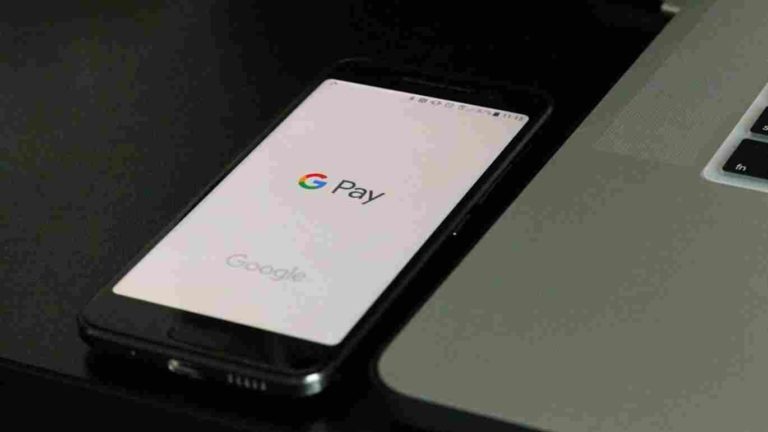Google Pay to Google Wallet: Navigating the Transition
In a significant move, Google announced the discontinuation of its popular payment app, Google Pay, in the majority of regions, including the US, on June 4, 2024. This change is part of a strategic shift, with Google Wallet set to take the reins as the primary tap-and-go application for the tech giant, except in Singapore and India.
The Transition Timeline
According to the official Google blog, the decision to retire Google Pay in favor of Google Wallet stems from Wallet’s enhanced features, including the introduction of digital items such as transit cards, driver’s licenses, state IDs, and more. Google emphasizes that Wallet not only replicates the features of Google Pay but offers additional functionalities, making it a comprehensive mobile payment solution.
For users accustomed to Google Pay, the transition period is crucial. Until the cutoff date on June 4, 2024, users can still view and transfer their balances, including the option to transfer funds to their bank accounts. However, post-cutoff, this can only be done through the Google Pay website. Furthermore, users will lose the ability to send, receive, or request money through the app.
The Branding Challenge
The transition from Google Pay to Google Wallet raises an interesting challenge concerning branding. Despite Wallet’s superior capabilities, users may still refer to it as Google Pay, potentially leading to confusion. This is particularly relevant in retail outlets where the familiar Google Pay sticker is prevalent.
The challenge extends beyond nomenclature; it involves ensuring that users are aware of the change and understand the transition. Proper communication is essential to avoid confusion and potential mistrust among users, especially considering the prevalent concerns around data theft.
Learning from Past Experiences
Google’s past experience with a discontinued physical card may impact user perceptions. Effective communication and education are crucial components of this transition strategy. Google must address potential concerns about brand credibility to prevent any skepticism among users.
The Road Ahead for Google
As Google prepares to phase out Google Pay, it faces the imperative task of executing a smooth transition to Google Wallet. Clarity and transparency in communication will be key to maintaining user trust and confidence in the platform.
The shift from Google Pay to Google Wallet not only marks a transformation in Google’s mobile payment landscape but also presents an opportunity for the company to reaffirm its commitment to user experience and security. The success of this transition lies in Google’s ability to effectively communicate the benefits of Google Wallet and alleviate any concerns users may have about the change.
Conclusion
In conclusion, the mobile payment industry is ever-evolving, and Google’s decision to retire Google Pay in favor of Google Wallet reflects a strategic response to this dynamic landscape. How Google manages this transition will not only impact its users but also shape perceptions of the brand’s adaptability and commitment to user satisfaction. The coming months will reveal the success of this transition and its implications for the future of mobile payments in the Google ecosystem.




